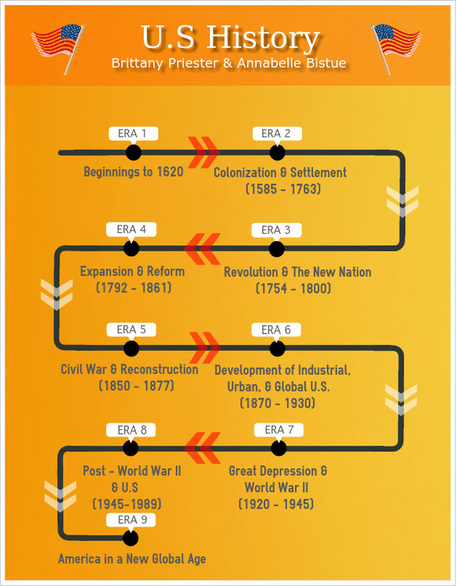This week’s post comes courtesy of Mike Ward, an educator and consultant with over 20 years of teaching experience. He founded TLC3 for E International, which is based on a philosophy that “…blends a standards-based approach with authentic learning experiences to engage students and encourage lifelong learning.” You can learn more about Mike and his work here.
—
Progressive educators always look for tools and resources that allow students creative ways to document their learning. I also want to expose them to a variety of platforms so they can showcase and market their unique talents.
With the growing popularity of infographics, I decided to introduce my students to Easelly. It fits perfectly into my social studies curriculum and makes a great project for any unit. Students are shown examples of visually appealing infographics before they receive coaching on building their own.
I find that Easelly is intuitive and easy for students to use. Student confidence develops quickly as they navigate the toolbar and engagement peeks as they begin to infuse course content into the creative process. After several units, their progress becomes apparent and a very proud teacher can share the best creations with their learning community and an even larger social media audience. It is also a way to advocate for your students, and learners respond well to the attention and praise.
Some student examples:
Students build websites for my high school United States history class, and there are a variety of resources that demonstrate their learning and creativity.
—
If you are interested in more creative lessons from Mike, visit his web store. He loves to collaborate with educators and other like-minded professionals. You can find him on Twitter at @tlc34e, or via his website at www.tlc34e.webs.com.
Here are a few more infographics that communicate US history in unique ways.-
Heads of State
Did you know that George Washington rejected wigs as too aristocratic? Or that beards became prevalent during the Civil War? Looking at history from a new angle can reveal some interesting facts.

From left to right: George Washington, John Adams, Thomas Jefferson, James Madison, James Monroe, John Quincy Adams, Andrew Jackson, Martin Van Buren, William Henry Harrison, John Tyler, James K. Polk, Zachary Taylor, Millard Fillmore, Franklin Pierce, James Buchanan, Abraham Lincoln, Andrew Johnson, Ulysses S. Grant, Rutherford B. Hayes, James Garfield, Chester A. Arthur, Grover Cleveland, Benjamin Harrison, Grover Cleveland, William McKinley, Theodore Roosevelt, William Howard Taft, Woodrow Wilson, Warren G. Harding, Calvin Coolidge, Herbert Hoover, Franklin D. Roosevelt, Harry S. Truman, Dwight D. Eisenhower, John F. Kennedy, Lyndon B. Johnson, Richard Nixon, Gerald Ford, Jimmy Carter, Ronald Reagan, George H.W. Bush, Bill Clinton, George W. Bush, Barack Obama.
Picturing the Past 10 Years
If a picture is worth a thousand words, including a few words alongside the picture can really elevate things. It’s a difficult task to summarize a decade, yet this infographic manages it.

The Measure of a President
Mnemonic techniques are a useful way to remember the order of facts, but applying facts and organizing data is also effective – and it imparts other knowledge on the way of making it.
Personal anecdote: When I was a student, I had a teacher that gave his students a flash card to use as a cheat sheet for each test. Creatively using that spaaaaaace to pack as much information as possible usually resulted in me learning its contents – and not exactly needing the flash card for the actual test.



